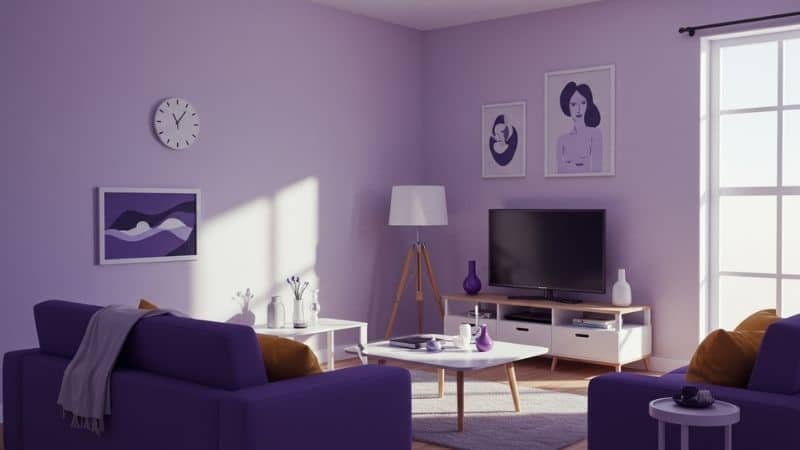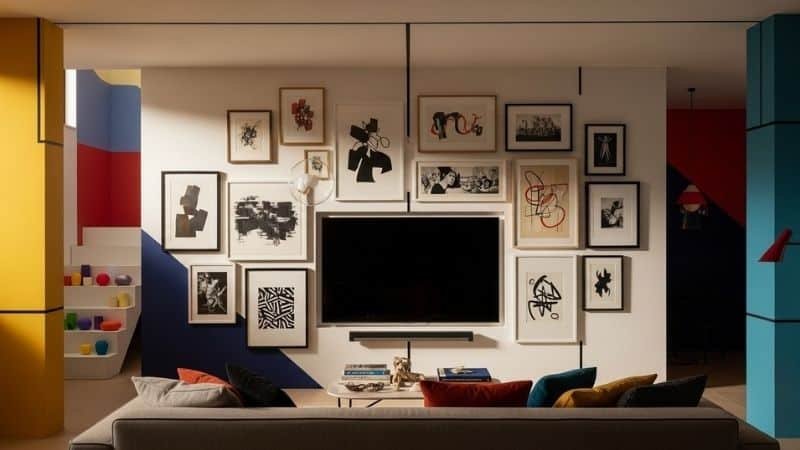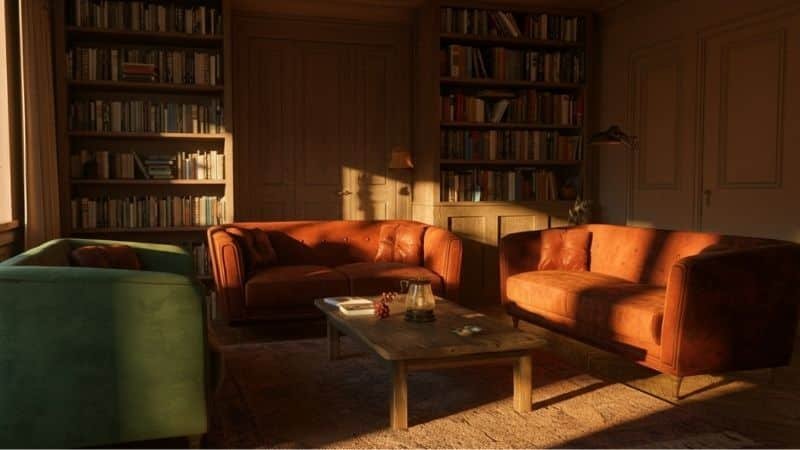Interior designers reveal why TVs often ruin living room aesthetics and share creative ideas to hide, blend, or replace them. Learn how to balance comfort and style with …
Interior designers reveal why TVs often ruin living room aesthetics and share creative ideas to hide, blend, or replace them. Learn how to balance comfort and style with …

Interior designers reveal why TVs often ruin living room aesthetics and share creative ideas to hide, blend, or replace them. Learn how to balance comfort and style with these smart design tips.
Televisions dominate living rooms because of their size and dark, reflective surface. Even when turned off, a TV becomes a focal point that competes with art, lighting, and furniture. Designers argue that this throws off the harmony of a space, leaving it looking unfinished or cluttered. Instead of being an accessory, the TV often feels like an intrusive block in the room. By rethinking how the television fits into your layout, you can keep it from overpowering everything else while still enjoying your favorite shows and movies.

The traditional setup of placing a TV above the fireplace or directly in front of the sofa may not always work best. Designers recommend experimenting with alternative placements, such as side walls, secondary seating areas, or even separate media rooms. Shifting the screen out of the direct line of sight allows the living room to remain focused on conversation and comfort rather than entertainment alone. This approach helps create a space that feels flexible, inviting, and less dominated by technology.
One of the most elegant solutions to reduce the visual weight of a TV is to hide it. Built in shelving units, custom cabinetry, or sliding doors allow the screen to disappear when not in use. This creates a clean and intentional look, making the television feel like part of the design instead of a distraction. Sliding panels in natural wood or painted finishes can complement the rest of your décor while keeping the TV accessible when needed. It is a perfect compromise between style and convenience.
If concealing the TV is not possible, blending it into the design can make it less noticeable. Surrounding the screen with framed art, floating shelves, or decorative objects helps the TV look like part of a gallery wall rather than an isolated block. Even investing in a TV with customizable frames or artwork display features can help it double as décor. This approach allows technology to coexist with creativity, making the room feel intentional and stylish.

For those seeking alternatives to bulky televisions, projectors and mirrored TVs offer excellent solutions. Projectors are discreet, easy to tuck away, and only visible when in use, keeping the room free of clutter. Mirrored TVs function as decorative mirrors when turned off, adding style while saving space. These options are especially appealing for small living rooms where every design choice needs to serve multiple purposes without overwhelming the layout.

Many living rooms are designed with the TV as the main anchor, but this often makes the space feel less inviting. Designers suggest arranging furniture to prioritize conversation, reading, or relaxation first, with the television placed as a secondary element. Sofas and chairs facing each other encourage interaction, while a side or corner-mounted TV provides flexibility. This way, the living room feels comfortable and social, not just like a space built around a screen.
Televisions are a part of modern life, but they do not need to define the look of your living room. By reconsidering placement, concealing the screen, or blending it with décor, you can keep the space stylish without sacrificing function. Alternatives like projectors and mirrored TVs also offer creative ways to enjoy entertainment without adding visual clutter. With thoughtful design choices, your living room can remain both beautiful and practical, proving that technology and style can coexist when balanced properly.